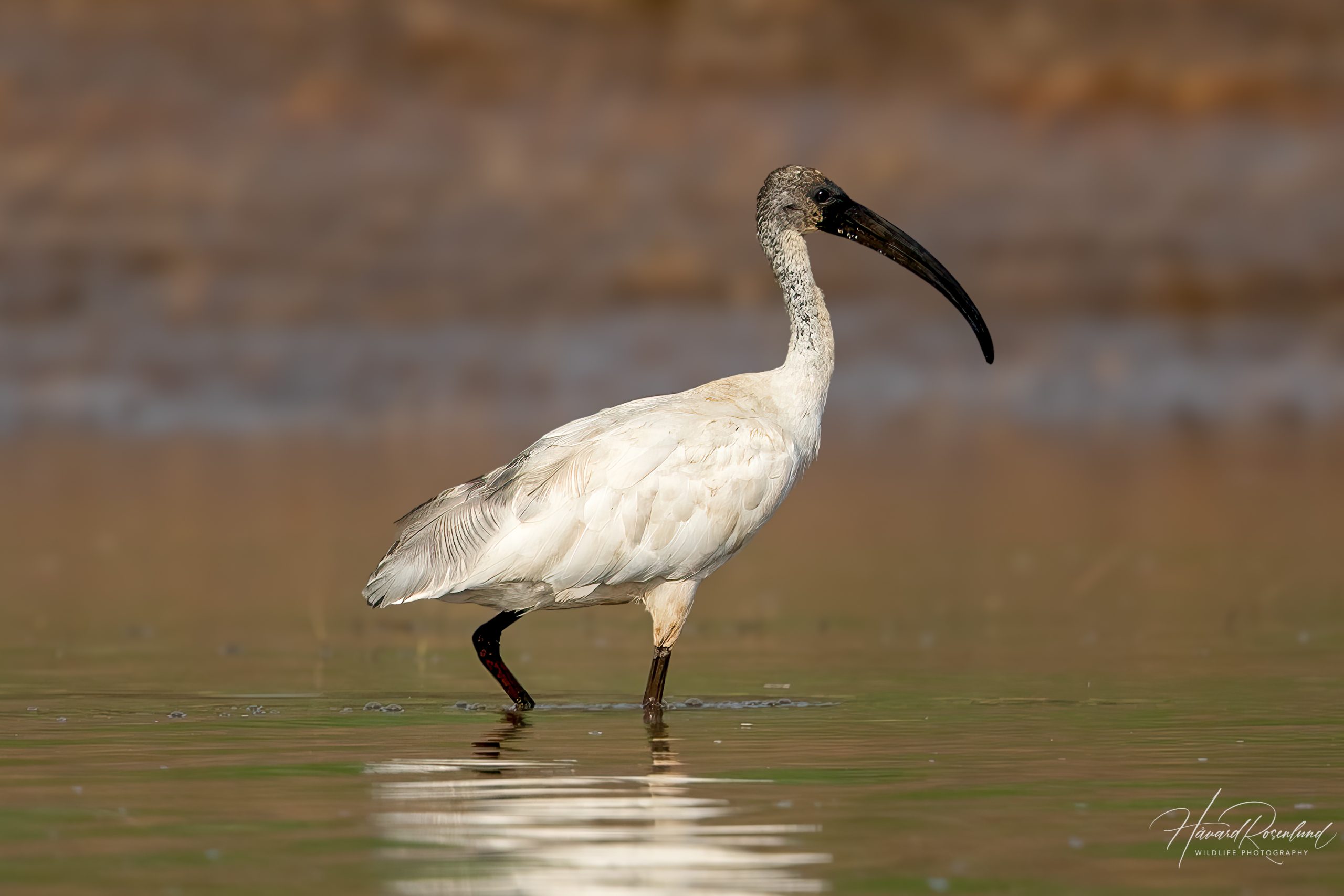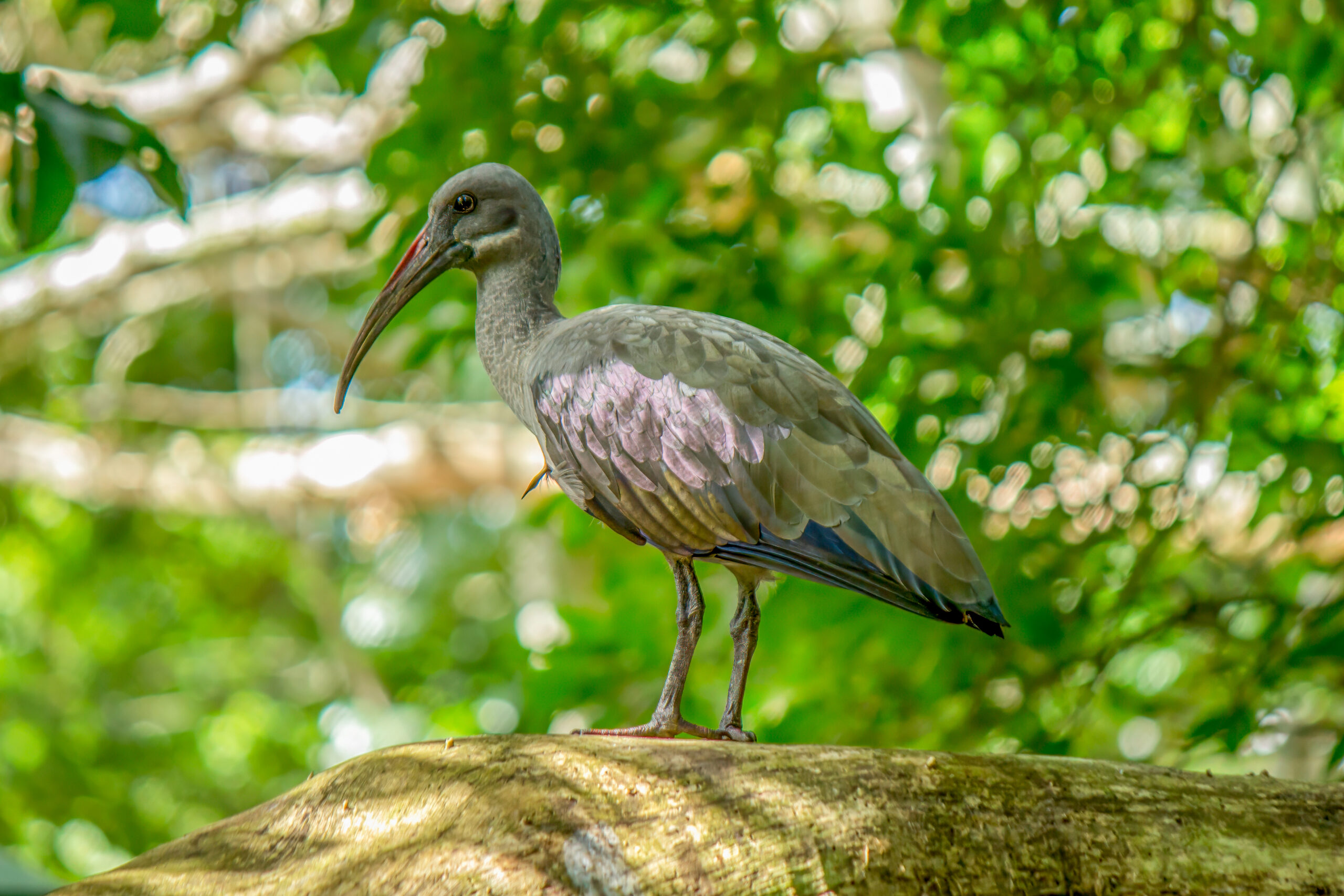Description
The black-headed ibis (Threskiornis melanocephalus) is a distinctive bird found across South and Southeast Asia, from India and Sri Lanka to Indonesia and the Philippines. It measures approximately 65-76 cm (26-30 in) in length, with a wingspan of around 130 cm (51 in). This species is characterized by its white plumage contrasted with a bare, black head and neck, although immature birds have feathered necks. Its long, decurved bill is also black, making it easily distinguishable from other ibises in the region. These birds are known for their communal roosting behavior, where large flocks gather in the evening at traditional roosting sites, often in trees or large reed beds.
It is very similar to the African sacred ibis (Threskiornis aethiopicus) and the Australian ibis (Threskiornis molucca), and they were all previously considered conspecific. The black-headed ibis typically have light grey and not black ornamental feathers on the lower back, which the other two species have.
Diet & Habitat
The black-headed ibis inhabits a variety of wetland environments, including marshes, lakes, rivers, ponds, and rice paddies. It is also found in coastal areas such as mangroves and mudflats. Its diet is diverse, consisting primarily of aquatic invertebrates, insects, crustaceans, and small fish. The ibis forages by probing its long bill into soft mud to feel for prey, often sweeping its head side to side in the process.
Migration
The black-headed ibis exhibits partial migratory behavior, with some populations moving seasonally in response to water availability and breeding conditions. While the extent of its migration is not as pronounced as in some other bird species, it does travel within its range, often covering considerable distances to find optimal feeding and nesting sites during different times of the year.
Nesting
Breeding season for the black-headed ibis typically coincides with the monsoon season, which varies regionally but often spans from June to October. The species nests in colonies, often with other waterbirds, constructing nests from sticks and reeds in trees or shrubs near water. Females lay 2-4 eggs, which both parents incubate for about 25-30 days. After hatching, the chicks are cared for by both parents and fledge approximately 40-50 days later.
Status
The black-headed ibis is currently classified as near threatened on the IUCN Red List. This status is primarily due to habitat destruction, particularly the loss of wetlands to agriculture, industrial development, and urbanization. Pollution and hunting also pose significant threats to its populations. Conservation efforts are focused on protecting wetland habitats and mitigating human impacts.






